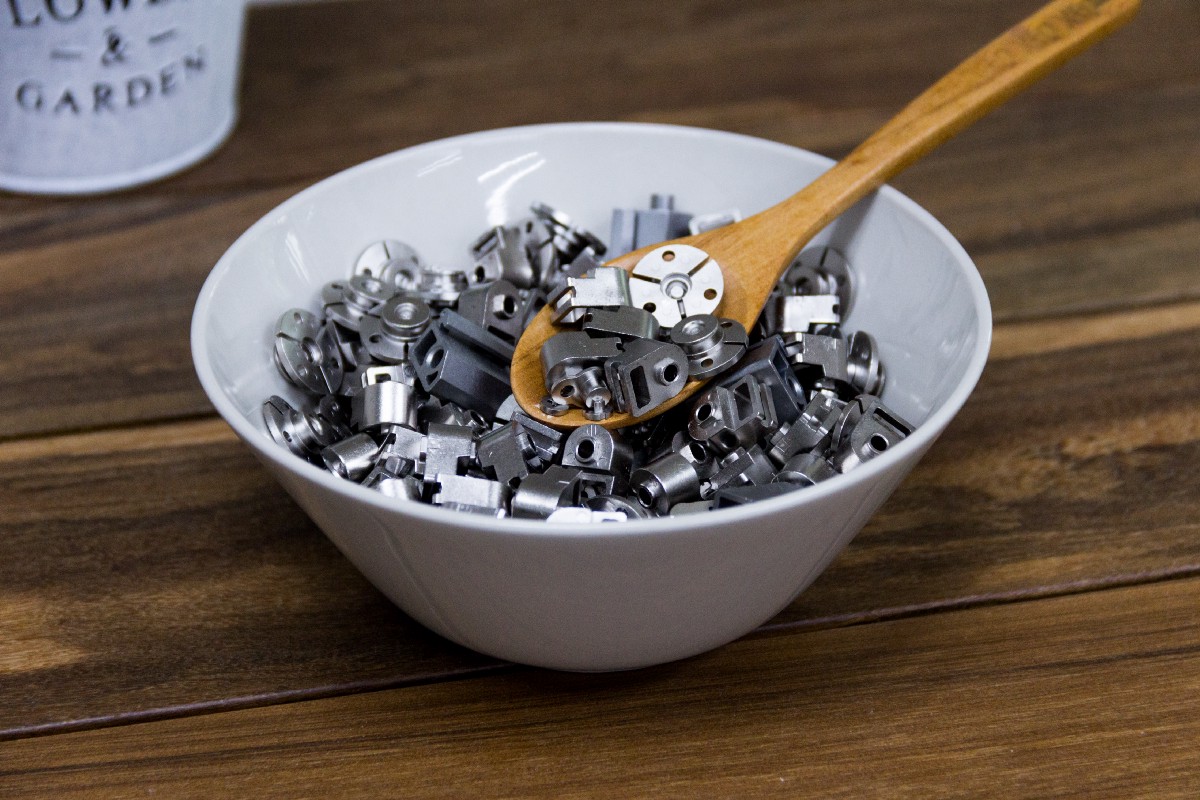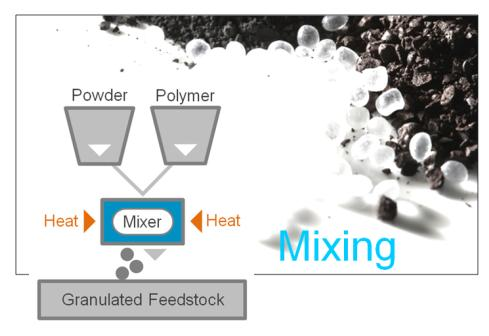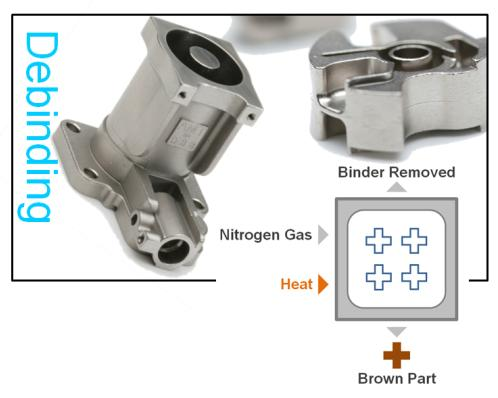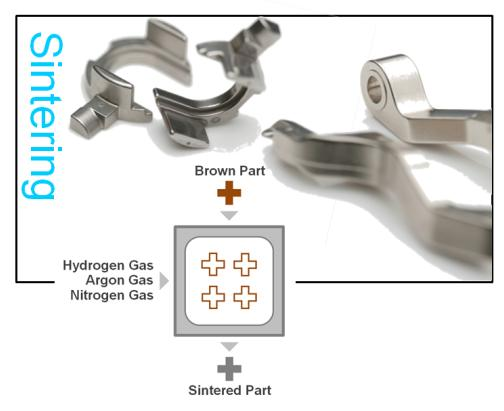What is Metal Injection Molding?

What is metal injection molding (MIM)?
Metal Injection Molding is a complex metalworking process whereby finely powdered metal (less than 20 µm) would be mixed with a binding material of measured proportion to be the feed-stock by which it is fed into an injection molding machine to create the components required.
Why this method?
It is highly precise, capable of turning complex designs into reality at lower cost provided sufficient volume than other net-shaped manufacturing processes. The variety of materials suitable for this process is also immense.
What is net shape or near net shape?
It is an industrial manufacturing technique that allows for the pre-production of the component to be very close to the final (net) shape. This reduces the need for machining or grinding. And this adds on to the cost effectiveness of the process. Generally, machining and grinding can cost upwards of two-thirds of the productions costs in some industries.
What is the MIM process like?
 As briefly mentioned, extremely fine metal powders are mixed with thermoplastic polymer (known as the binder) to form a homogeneous mixture of ingredients that is pelletised and directly fed into an injection molding machine. This pelletised powder-polymer mixture is known as the feedstock.
As briefly mentioned, extremely fine metal powders are mixed with thermoplastic polymer (known as the binder) to form a homogeneous mixture of ingredients that is pelletised and directly fed into an injection molding machine. This pelletised powder-polymer mixture is known as the feedstock.
 Subsequently, the feedstock is heated to melt the binder in order to form the desired component geometrical shape. The molded part is also known as the green part.
Subsequently, the feedstock is heated to melt the binder in order to form the desired component geometrical shape. The molded part is also known as the green part.
 The polymeric binder is removed from the green part by heating to approximately 400°C or 752°F. The result is known as the brown part that holds its original geometrical shape and size.
The polymeric binder is removed from the green part by heating to approximately 400°C or 752°F. The result is known as the brown part that holds its original geometrical shape and size.
 During sintering, the brown part is heated to approximately 85% of the material’s melting point, allowing densification and shrinkage of the powder with the elimination of the pores. The sintered density is approximately 98% of the theoretical measurement. The end result is a net shape or near net-shape metal component, with properties similar to that of bar stock or billet.
During sintering, the brown part is heated to approximately 85% of the material’s melting point, allowing densification and shrinkage of the powder with the elimination of the pores. The sintered density is approximately 98% of the theoretical measurement. The end result is a net shape or near net-shape metal component, with properties similar to that of bar stock or billet.